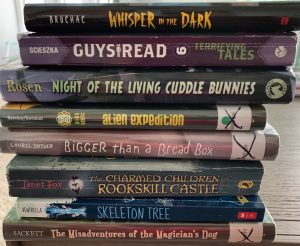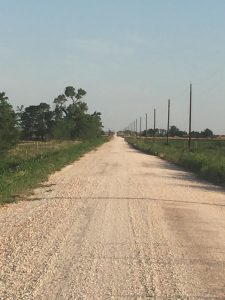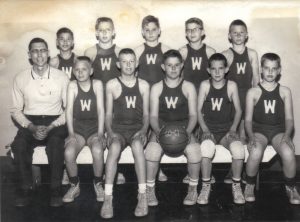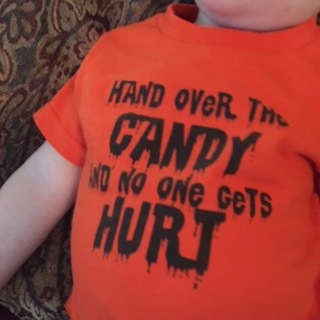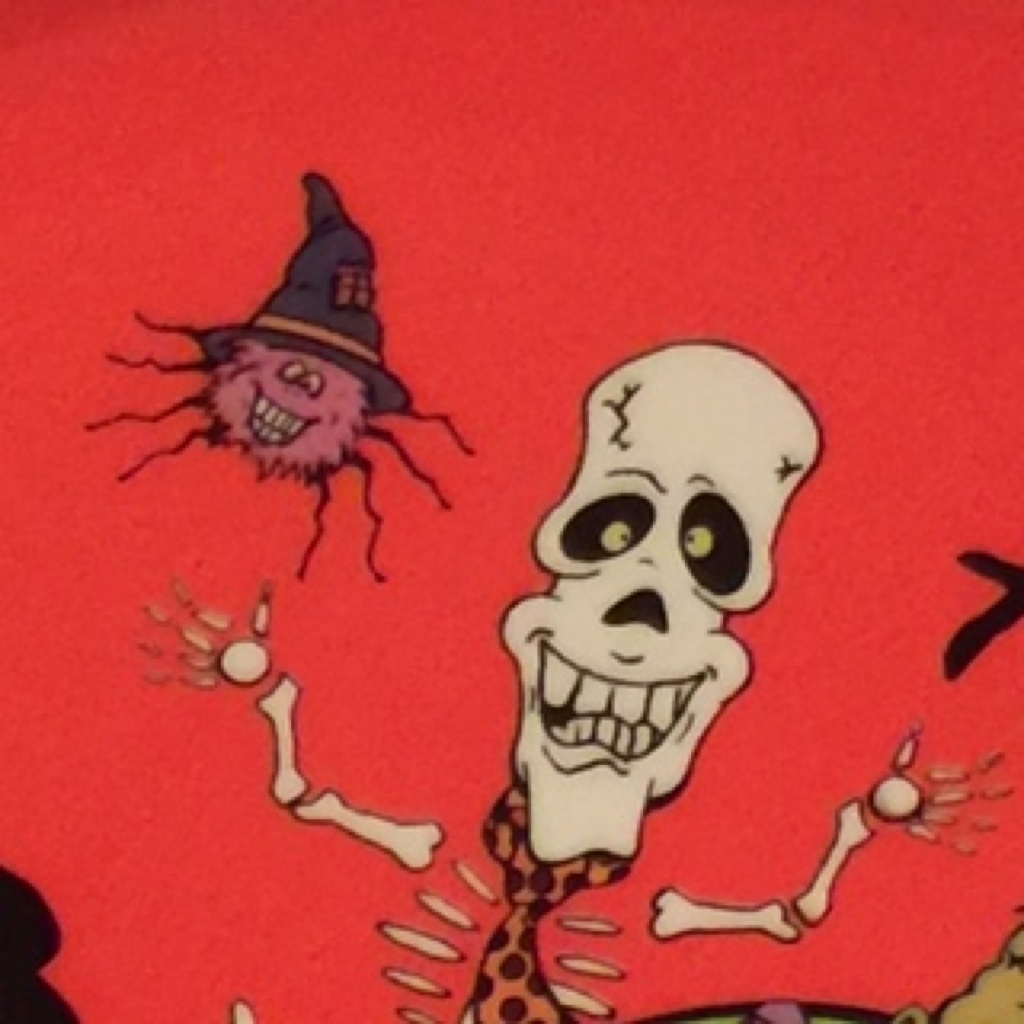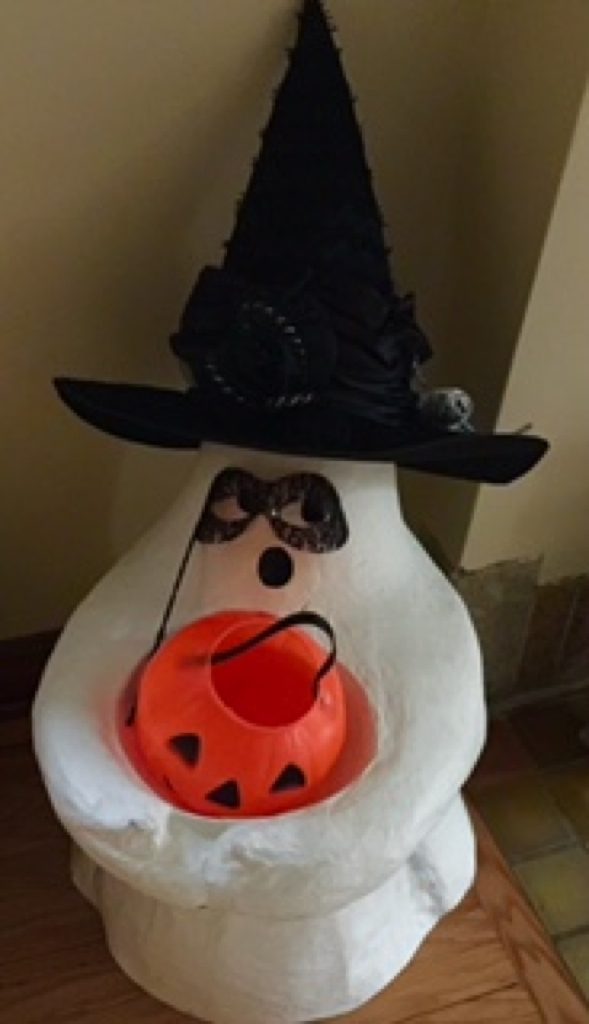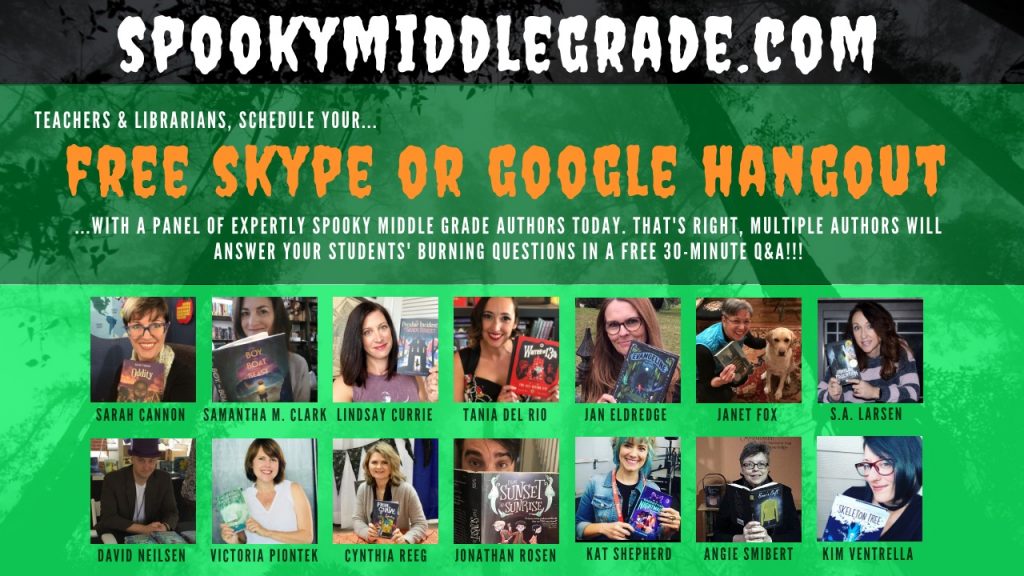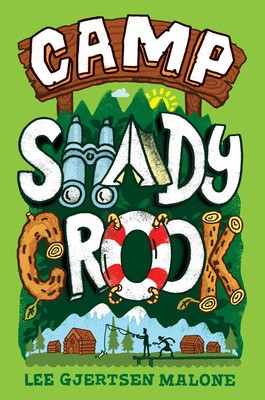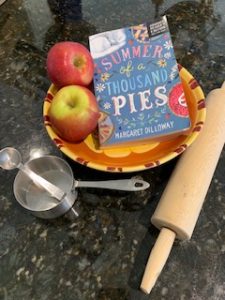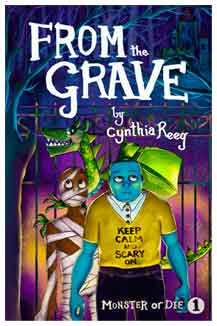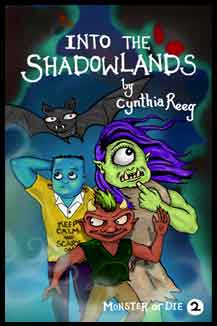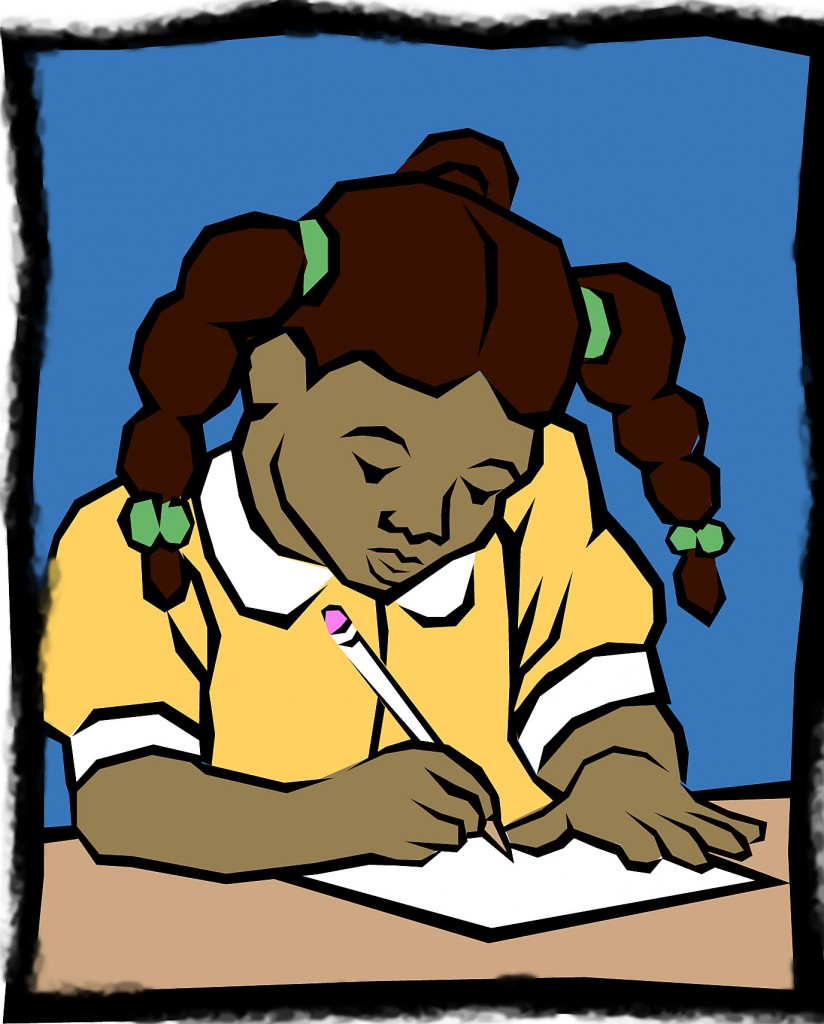
Getting Stuck
Yesterday I visited another class for a Google Hangout session with two other Spooky Middle Grade Authors (Kim Ventrella and Josh Allen). As usual, the students had lots of great questions for us. The one I’d like to address is another common question we are often asked:
WHAT DO YOU DO WHEN YOU GET STUCK WRITING?
Here are my three suggestions for avoiding that dilemma.
1. Before I start writing a story, I do some initial planning. I like to get to know the characters who will be in the story, especially the main character and important supporting characters. I usually explore who they are. I’ll write notes, maybe fill out worksheets. I’ll brainstorm on not only their physical aspects but their wants, their problems, their likes and dislikes, their friends, their family. All of the things that make them unique. All of the ways the characters in my story are connected to each other as well.
2. Before I start the story, I also write a very simple outline of the plot. I break down the story into chapters, and I’ll write a one to two word sentence telling the big element that should happen in that chapter (or scene). If you’re writing a short story, you might need to only break your story into the beginning, middle, and end.
For me, this outline is an important part in avoiding “getting stuck” because I know where the story is headed. Now that doesn’t mean the story always sticks to that initial plot—very likely it will change (often dramatically) from what I originally envisioned. But I still won’t be stuck. I will simply see that I need to go in a different direction or create additional scenes to make the story stronger.

3. When I do become perplexed with where the story should go or more likely I’ve been asked to revise something, then I step back. I like to go on a walk or do something mundane, like washing the dishes, so I can let my mind wander. I ask myself questions about the characters, their motivations. I ask myself logical questions about what could or could not happen in the world I’ve created and how it impacts the characters. I simply keep asking questions and exploring possibilities until I come up with a solution. It’s much like solving a mystery.
The most important thing is DON’T GIVE UP!
Don’t give up on your story. Don’t give up on your writing. Don’t let yourself stay stuck!



